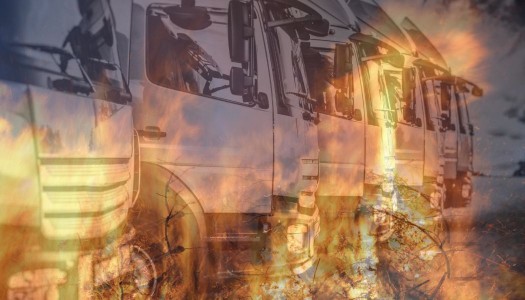
Highway Code: new hierarchy of road users
On 29th January 2022 changes to the Highway Code came into force.
3 new rules to consider
• Rule H1: A new hierarchy of responsibility has been created which places the emphasis on road users
• Rule H2: to ensure that drivers and vehicles ‘who can do the greatest harm’ will have the ‘greatest responsibility to reduce the danger or threat they may pose to others’.
• Clarification on the existing pedestrian priority on pavements, and that ‘drivers and riders should give way to pedestrians crossing or waiting to cross the road’
• Rule H3: Establishing guidance on a ‘safe passing distances and speeds when overtaking cyclists or horse riders’, as well as ensuring they have ‘priority at junctions when travelling straight ahead’.
Whilst the developments would appear positive in encouraging safety for pedestrians and cyclists, It Is Important to remember that the changes will not seek to undermine the basic principles of liability or the Road Traffic Act.
This includes LGV/PSV vocational Licence holders that will become more liable and van/minibus drivers, as well as car/taxi drivers. The pedestrian is the most vulnerable road user after cyclists.
Here are 8 of the changes that you need to know about.
1. People crossing the road at junctions or crossings
• If a person has started to cross a road and other road users want to turn into the junction, those who are crossing have priority and the traffic should give way
• Drivers, riders of motorcycles or cyclists must give way to people walking and cycling on a parallel crossing
• Allowing at least 2 meters of space and keeping to a low speed when passing people walking In the in the road (for example, where there’s no pavement.
• People cycling passing slower-moving or stationary traffic
• People cycling should proceed with caution as people driving may not be able to see them. This Is particularly important:
• On approach to junctions
• When driving whether It Is safe to pass lorries or other large vehicles
2. Using routes and spaces which are shared by people walking, cycling, and riding horses
Cyclists are asked to:
• Not pass people walking, riding a horse, or driving a horse drawn carriage at high speed, particularly from behind
• Slow down where necessary and let people know they are there (for example by using a bell or horn)
• Remember that people walking may be deaf, blind or partially sighted
• Do not pass a horse on the horse’s left side
3. Cyclist Road positioning
The new guidance for cyclists on where they should position themselves in the road.
• On quiet roads and in slower-moving traffic and at the approach to junctions or road narrowing’s they should adopt a centre of the lane position so that they become more visible
• Keeping at least 0.5 metres (just over 1.5 feet) away from the kerb edge (and further where it is safer) when riding on busy roads with vehicles moving faster than them
• Passing parked vehicles keep 1 meter away from the vehicle, about a door’s width
• Pay greater attention for people walking into their path
4. Group cycling
• The groups should be considerate to the needs of other road users, whether other vulnerable road users or motor vehicles
• Can ride 2 abreast, but need to be considerate of other road users and return to single file or stop, if necessary, when it is safe to do so
5. Overtaking when driving or cycling
You may cross a double white line If necessary (provided the road Is clear) to overtake someone cycling or riding a horse If they are travelling at 10mph or less (Rule 129)
• Leaving at least 1.5 meters (5 feet) when passing people cycling at speeds up to 30 mph and giving them more space at higher speeds
• Passing people riding horses or horse-drawn vehicles at speeds under 10 mph and allowing at least 2 meters (6.5 feet) of space
• Allowing at least 2 meters of space and keeping to a low speed when passing people walking in the road (for example, where there’s no pavement)
6. People cycling passing slower-moving or stationary traffic
• People cycling should proceed with caution as people driving may not be able to see them. This is particularly important:
• On the approach to junctions
• When deciding whether it is safe to pass lorries or other large vehicles
7. People cycling at junctions
• People cycling turning tight
• Stage 1: when the traffic lights turn green, go straight ahead to the location marked by a cycle symbol and turn arrow on the road, and then stop and wait
• Stage 2: when the traffic lights on the far side of the junction (now facing the people cycling) turn green, complete the manoeuvre
8. People cycling, riding a horse, and driving horse-drawn vehicles on roundabouts
The code will be updated to clarify that people driving or riding a motorcycle should give priority to people cycling on roundabouts.
The new guidance will say people driving and or riding a motorcycle should:
• Not attempt to overtake people cycling within that person’s lane
• Allow people cycling to move across their path as they travel around the roundabout
The Highway Code already explains that people cycling, riding a horse, and driving a horse-drawn vehicle may stay in the left-hand lane of a roundabout when they intend to continue across or around the roundabout.
People driving should take extra care when entering a roundabout to make sure they do not cut across people cycling, riding a horse, or driving a horse-drawn vehicle who are continuing around the roundabout in the left-hand lane.


